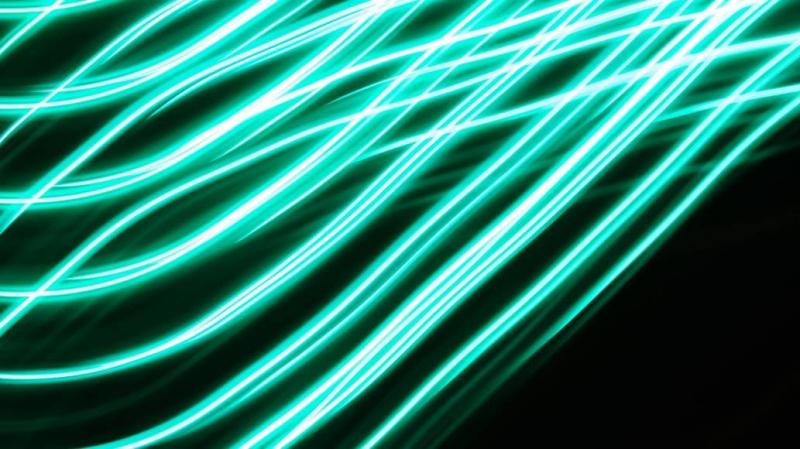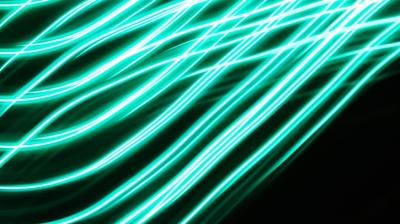American scientists and engineers discovered during their tests with LED lamps that specific wavelengths can kill the novel coronavirus, not only on surfaces but also inside human cells. The journal Scientific Reports indicates that ultraviolet (UV) light is used in hospitals to disinfect rooms and equipment. Some studies have shown that this light kills the novel coronavirus found on surfaces, in aerosols, and in liquids, preventing its replication.
However, the use of UV light in treatment is extremely limited, as exposure to high doses of radiation can damage mammalian genomes and cause changes in DNA. Therefore, photomodulation or light therapy, which utilizes light in the visible spectrum or near-infrared, is often used, although it is less effective than UV light.
The American scientists were able to determine a specific blue wavelength at a certain intensity that can kill the novel coronavirus regardless of its location on a surface or inside a living cell. To ensure that this light is not harmful to human cells, the researchers created 3D cell models from donated cells from the trachea and bronchi of the same individual. These models, which consisted of three to four layers of ciliated mucous epithelial cells, were exposed to light with wavelengths of 385, 405, and 425 nanometers.
The results showed that the light at a wavelength of 385 nanometers caused a 50% reduction in cell viability, the second resulted in a 25% reduction, while the 425 nanometer light had virtually no effect on the cells. The researchers then tested the third light wavelength on the novel coronavirus and found that small doses were enough to reduce viral load, while larger doses decreased the infection rate by 99.9% without any negative impact on healthy cells. The researchers hope that the results of their study will aid in combating the COVID-19 pandemic, especially in countries and regions with limited access to vaccines against the novel coronavirus.




